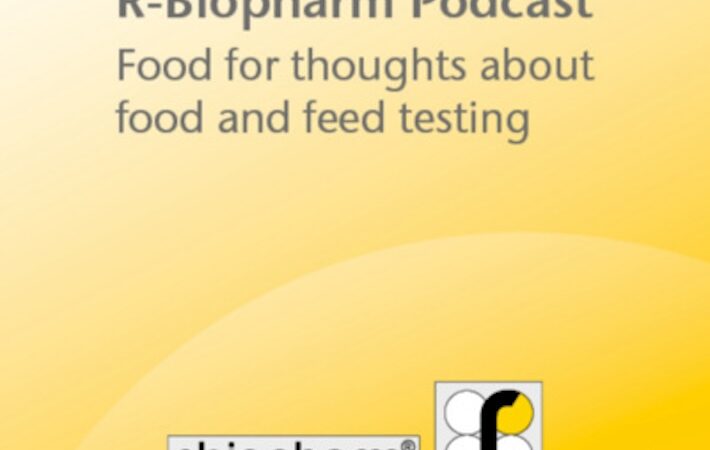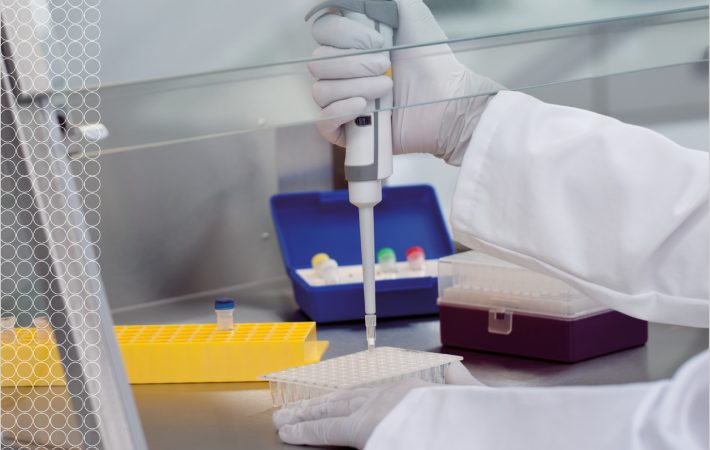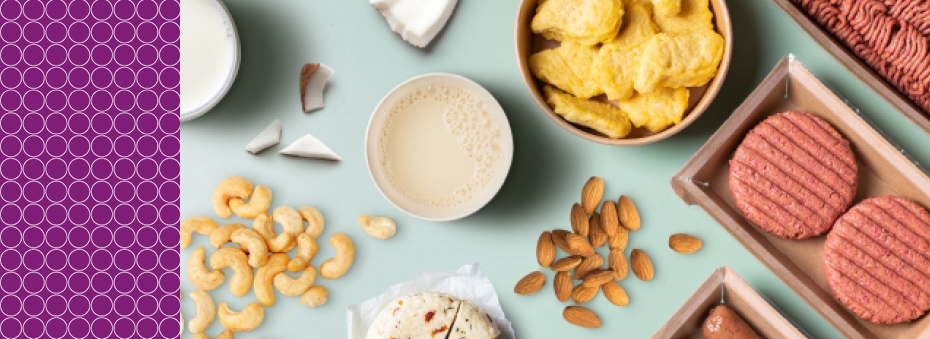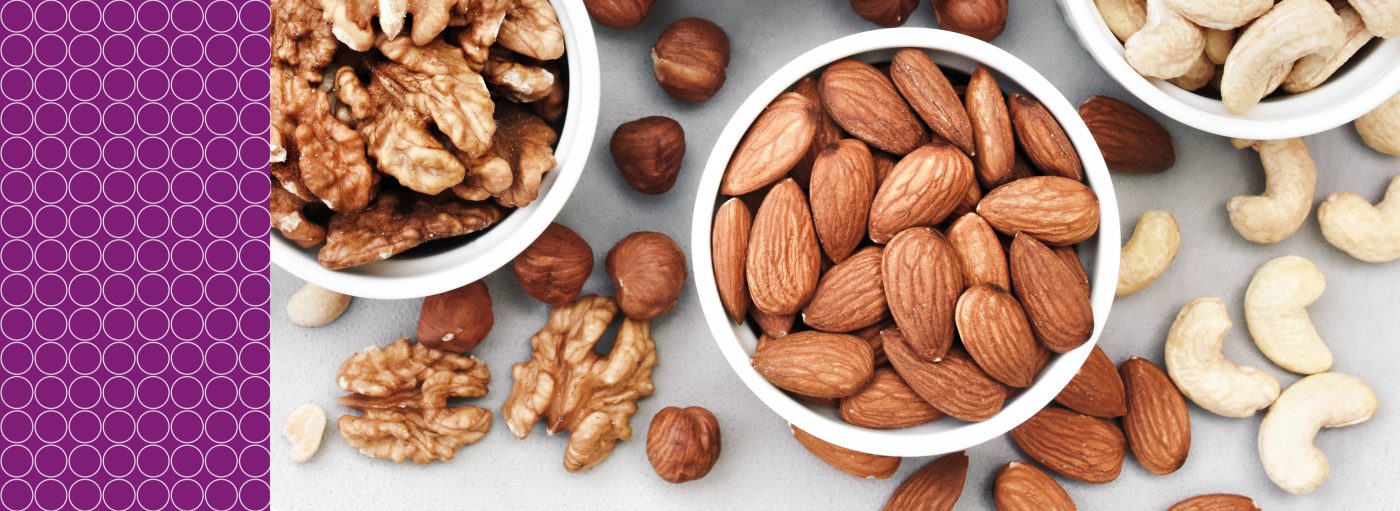
Food adulteration
Modern analytical methods for the detection of food fraud
Food adulteration
Ever since the horsemeat scandal, the awareness of food adulteration and food fraud has heavily increased.
The varying prices and availability of food products from different origin provide opportunities for the incorrect declaration of food components, both from a quality and quantity point of view. For example, horsemeat may be labelled as beef. Such product adulterations can be detected highly specifically and quantified relatively by means of a real-time PCR (providing e.g. percentage values of the respective animal species in relation to the total quantity of meat).
In addition, the interest in animal speciation in meat products is based on religious requirements (halal and kosher). Religiously motivated inspections, particularly of pork in meat products or processed foods, do not include any technical threshold values. This means that purely qualitative and particularly sensitive tests are required especially for detecting the presence of pork. Real-time PCR is a method of choice. The effective sensitivity of applied real-time PCR tests is based on the existence of intact DNA, making sensitive detection in heavily processed foods like gelatine difficult.
However, not only meat products are being adulterated. Food fraud is widespread in fish and dairy products, too. Click one of the following categories to find out more about adulteration of different foods.
Product portfolio
| Product | Description | No. of tests/amount | Art. No. |
|---|---|---|---|
| RIDASCREEN® Risk Material 10/5 |
RIDASCREEN® Risk Material 10/5 is a sandwich enzyme immunoassay for the quantitative analysis of risk material (CNS) in / on raw meat, meat products and on contaminated surfaces. For the determination of risk material (CNS) in processed (heated) … Read more |
Microtiter plate with 96 wells (12 strips with 8 wells each) | R6703 |
| RIDASCREEN® Risk Material |
RIDASCREEN® Risk Material is a sandwich enzyme immunoassay for the quantitative analysis of risk material (CNS) in processed (heated) meat and sausages. For the determination of risk material (CNS) in raw meat, meat products and on contaminated … Read more |
Microtiter plate with 96 wells (12 strips with 8 wells each). | R6701 |
| Product | Description | No. of tests/amount | Art. No. |
|---|---|---|---|
| SureFood® ANIMAL QUANT Chicken |
The SureFood® ANIMAL QUANT Chicken real-time PCR detects the relative chicken (Gallus gallus) DNA amount to the total animal (amnions) DNA content in meat samples. Therefore the kit contains two PCR systems, one for detection of a chicken specific … Read more |
2 x 50 reactions. Thereof 50 reactions are used for the detection of the reference gene. | S1014 |
| SureFood® ANIMAL QUANT Pork |
The test detects the relative pork DNA amount (Sus scrofa) to the total animal DNA content (amnions) in meat samples. Therefore the kit contains two PCR systems, one for detection of a pork specific gene (Sus detection gene) and one for the detection … Read more |
2 x 50 reactions | S1011 |
| SureFood® ANIMAL QUANT Beef |
The test detects the relative beef DNA amount (Bos taurus) to the total animal DNA content (amnions) in meat samples. Therefore the kit contains two PCR systems, one for detection of a beef specific gene (Beef detection gene) and one for the … Read more |
2 x 50 reactions | S1010 |
| SureFood® ANIMAL ID Cat/Dog+IAAC |
The test detects cat (Felis catus) DNA and dog (Canis lupus familiaris) DNA seperately. Each reaction contains an internal amplification control and an internal detection assay for animal DNA (IAAC). Read more |
100 reactions | S6112 |






